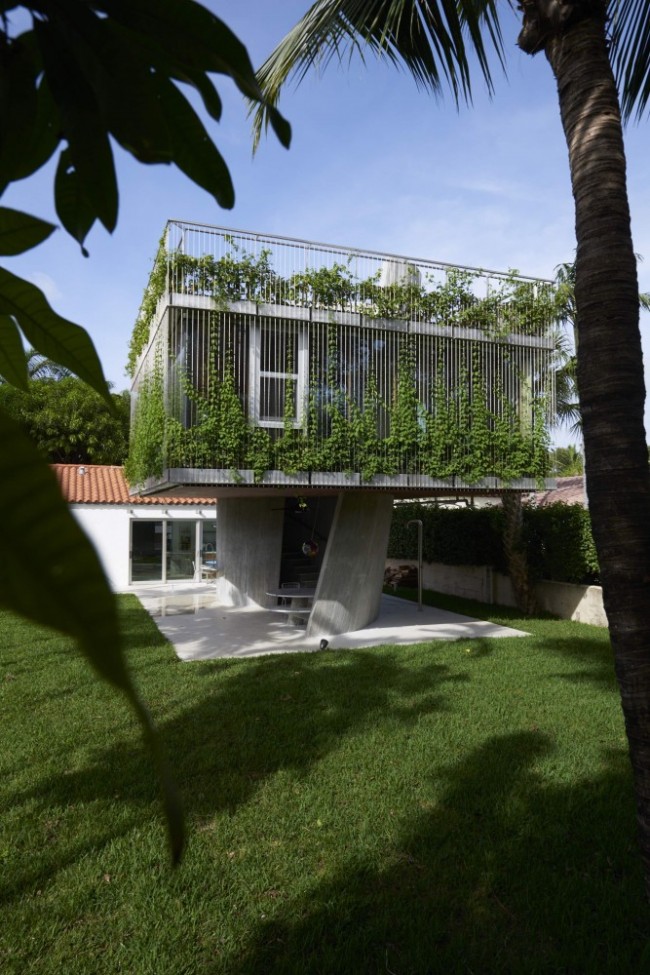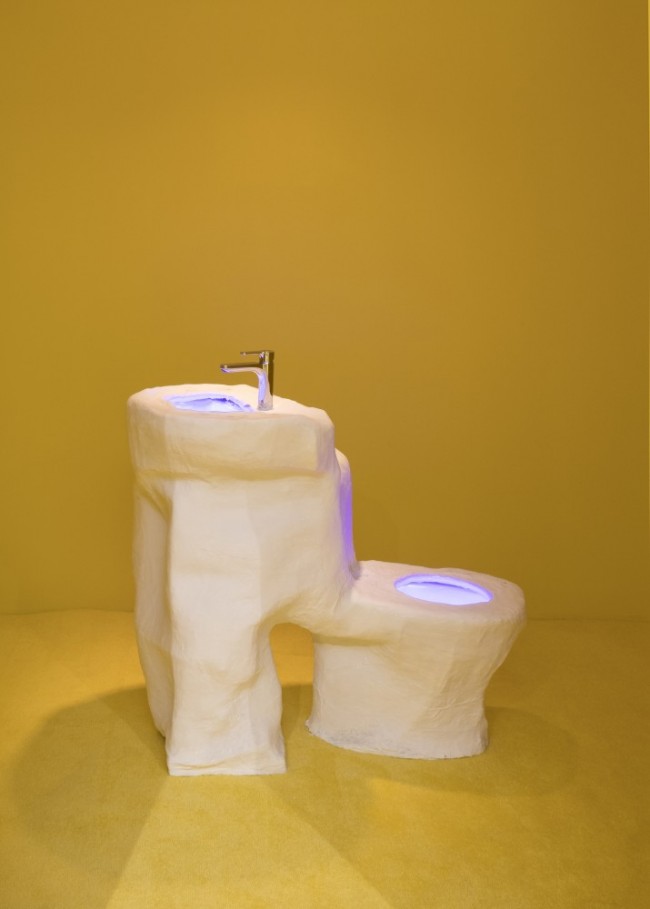BOOK CLUB: Rene Gonzalez Architects, Not Lost in Translation
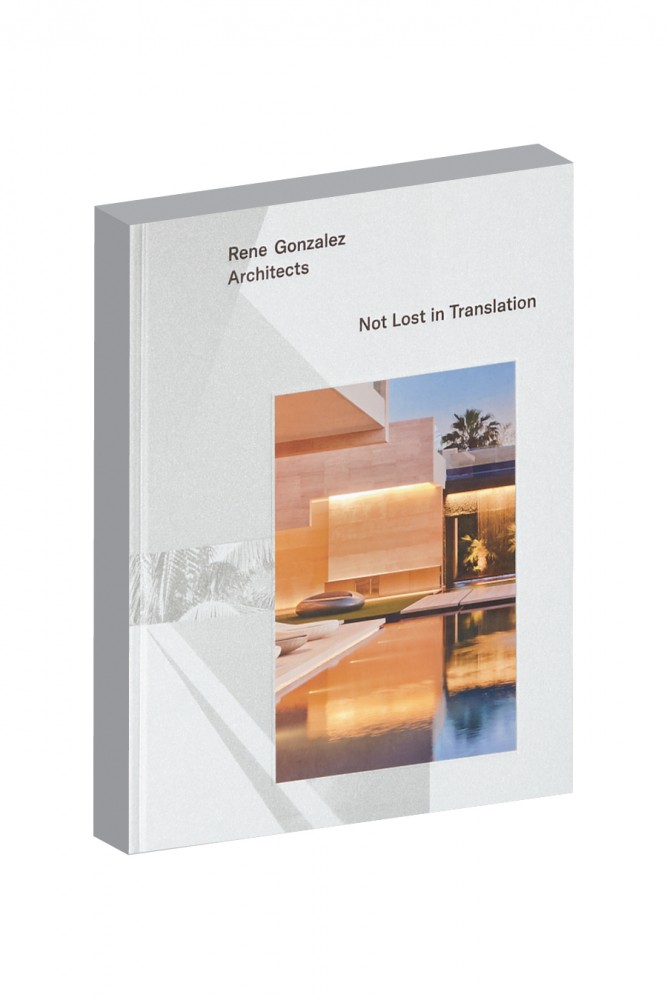
Book cover of Not Lost in Translation by Rene Gonzalez Architects.
Emblematic of heat and glamour, beach bodies and Art Basel bling, Miami isn’t exactly known for its timidity. Yet Cuban-born Miamian Rene Gonzalez is very much the antithesis of those things: the soft-spoken architect chooses his words deliberately and without embellishment. His new book, Rene Gonzalez Architects: Not Lost In Translation, is a quiet reflection on a body of work that does its best to meld and mesh with the surrounding city in ways that show a cohesion and sense of place all too often lacking in South Florida real estate.
-

Prairie Avenue Residence, Miami Beach (completed 2017).
-
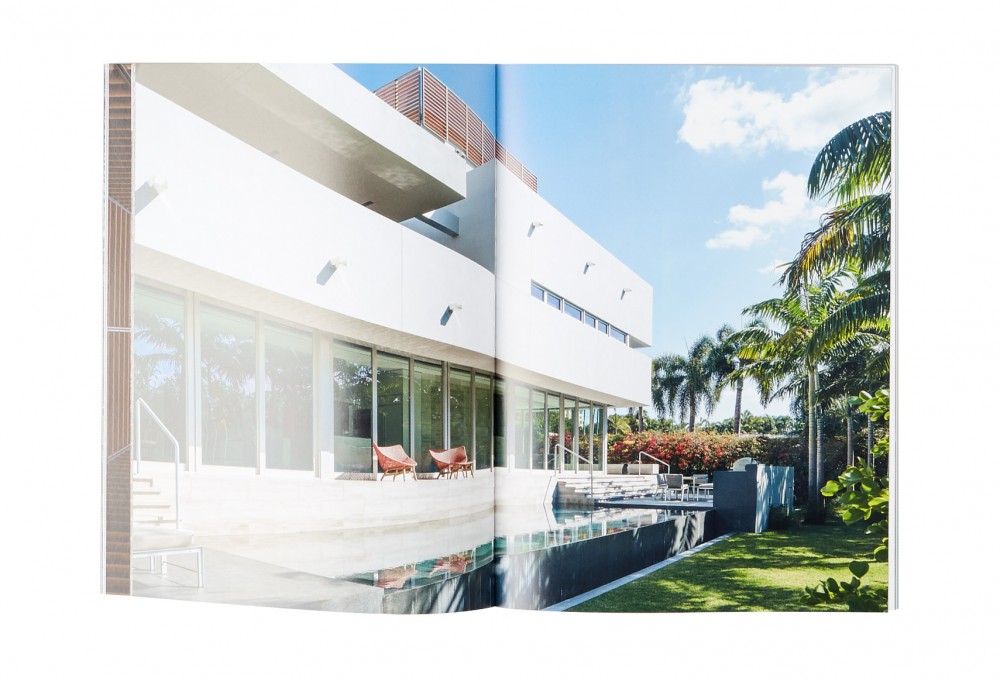
Biscayne Bay Residence, Miami Beach (completed 2010).
-
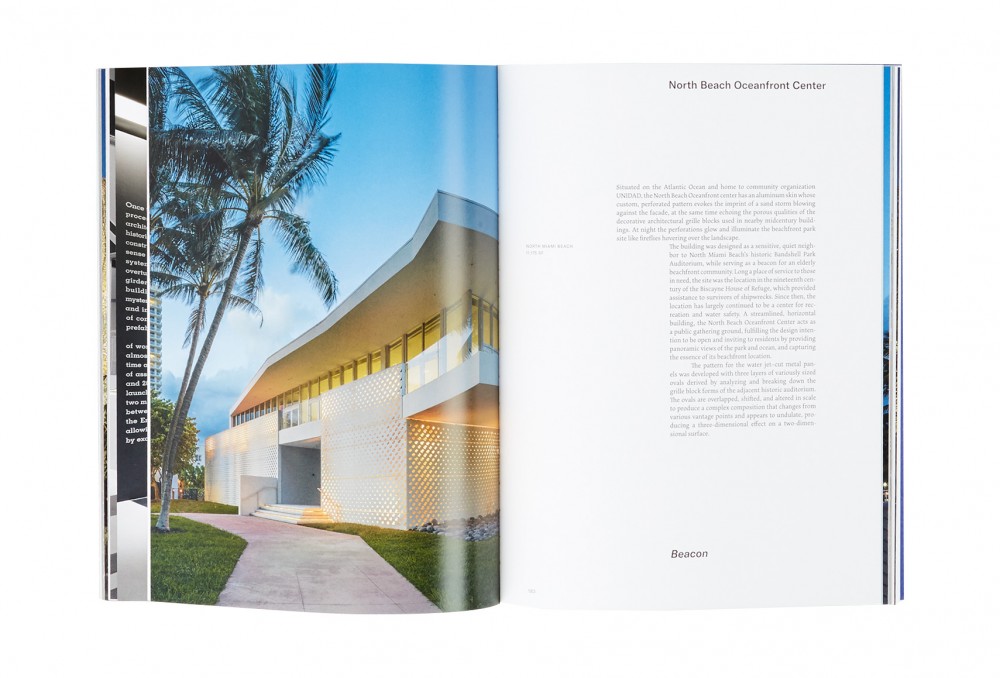
North Beach Oceanfront Center, Miami Beach (completed 2014).
-

Prairie Avenue Residence, Miami Beach (completed 2017).
A substantial volume at 288 pages, Not Lost In Translation provides a testament to Gonzalez’s 20-plus years as the founder and principal of Rene Gonzalez Architects (RGA), covering a diverse range of 14 projects. The title refers to both Gonzalez’s Cuban background as well as his skill as an architect in translating his clients’ hopes and desires into built form. Prefaced by a thoughtful Q&A with fellow architects Tod Williams and Billie Tsien, the book grounds Gonzalez’s work firmly in the context of art and culture, highlighting his role as a go-to architect for Miami’s small but powerful art scene (he counts the Cisneros Fontanals Art Foundation among his clients, and even runs his own itinerant art and culture showcase, RGA Rocket).
-

"Roots: Little Havana," a photo essay by Cecilia Hernandez, Mauricio Del Valle, and Rene Gonzalez.
-
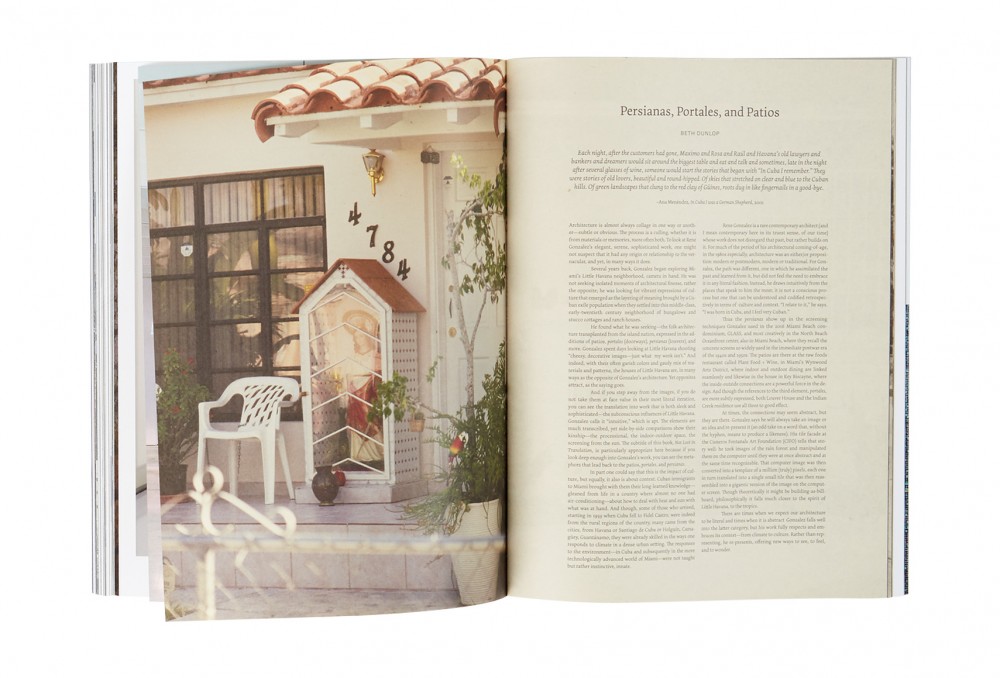
"Persianas, Portales, and Patios," essay by Beth Dunlop.
-

"Roots: Little Havana," a photo essay by Cecilia Hernandez, Mauricio Del Valle, and Rene Gonzalez.
-

"Dreams: Stiltsville," a photo essay by Rene Gonzalez.
-

"Dreams: Stiltsville," a photo essay by Rene Gonzalez.
-
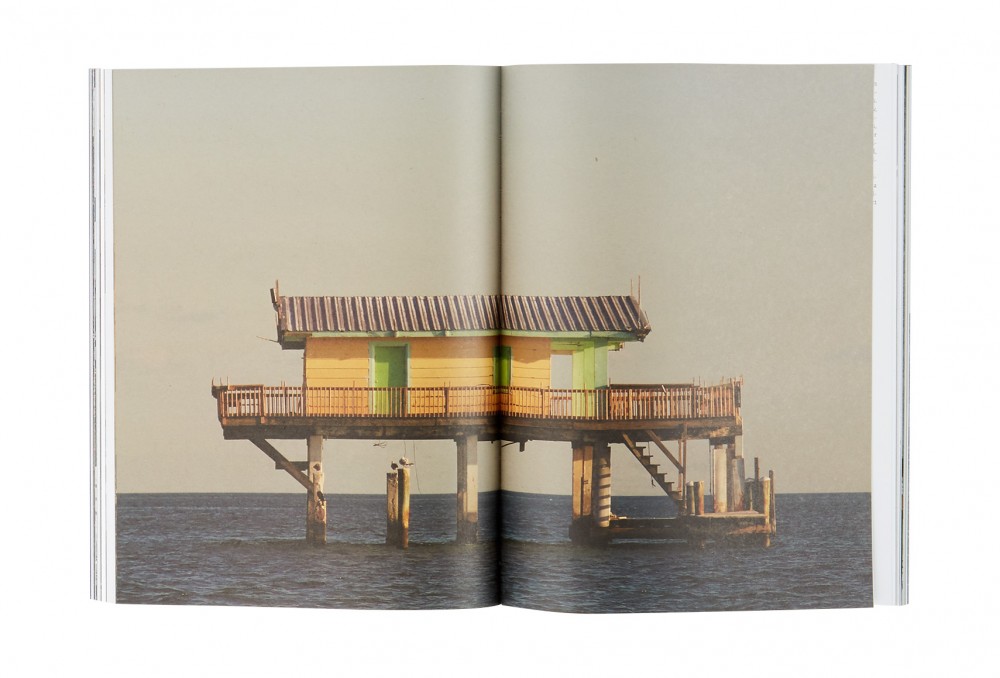
"Dreams: Stiltsville," a photo essay by Rene Gonzalez.
But RGA also masters Miami’s unique and dense vegetation and finds solutions for the city’s inevitable predicament as a place that is literally losing ground to climate change. Suspended 10 feet above the floodable soil and conceived with natural climate-control methods, RGA’s Prairie Residence (2017) is described in Caroline Roux’s foreword as a potential “blueprint for future designs,” reframing holistic living as luxury in a house that was partly inspired by the Florida Seminole tribe’s chickee huts.
-

North Beach Oceanfront Center, Miami Beach (completed 2014).
-

Indian Creek Residence, Miami Beach (completed 2010).
-

GLASS Residential Tower, Miami Beach (completed 2015).
Where producing the book was concerned, Gonzalez describes the process with art director Omar Sosa as “similar to building a building.” “He loved it from the get-go,” says Gonzalez of Sosa’s reaction to the book’s title. “We spoke a lot about how my interests and work could be represented in the book physically.” As a result there is a focus on peripheral vision in the firm’s oeuvre, a spotlight on the unseen rhythms that create the texture of a project. Inserts printed on creamy bible paper feature Gonzalez’s own photography of Stiltsville — a group of elevated shacks on a South Florida salt marsh — and the architectural idiosyncrasies of Miami’s Little Havana. Acting as “interruptions” that are intended to push the reader to refocus and re-contextualize the firm’s commercial and residential work, they also highlight the social fabric that informs it. “I see the work we’re doing as having global impact,” says Gonzalez. The book’s own objecthood speaks to the experiential nature of his practice. “You start to want to engage with the textures and finishes — the materiality became very important; it makes the book something you ideally want to have.”
Text by Sean Santiago
Taken from PIN–UP 25 Fall Winter 2018/19
Rene Gonzalez Architects: Not Lost In Translation by Rene Gonzalez et al. (Monacelli Press, 2018)

